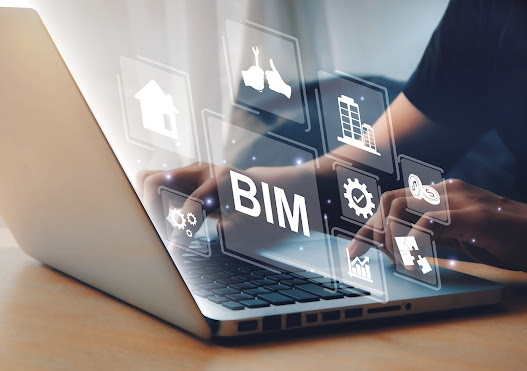BIM Services: Streamlining Construction Projects with 3D Modeling Technology
Construction projects can be complex and time-consuming, with multiple stakeholders involved in the design, planning, and construction phases. Building Information Modeling (BIM) services have emerged as a game-changing technology for the construction industry, enabling stakeholders to collaborate more efficiently and effectively.
BIM services use 3D Modeling technology to create a virtual representation of a building or structure, allowing stakeholders to visualize and analyze every aspect of the project in real time. This includes the design, construction, and operation phases, making it possible to identify and address potential issues before they occur.
One of the main benefits of BIM Services is the ability to streamline communication and collaboration among stakeholders. With BIM, architects, engineers, contractors, and project managers can all work from the same model, eliminating the need for separate plans and reducing the risk of errors and miscommunication.
Another advantage of BIM services is the ability to simulate the construction process, allowing stakeholders to identify potential issues and make necessary changes before construction begins. This can help reduce costs and avoid delays, as well as improve the overall quality of the final product.
In addition to streamlining communication and collaboration, BIM services can also help improve sustainability and energy efficiency. By analyzing factors such as lighting, ventilation, and insulation, stakeholders can identify opportunities to reduce building energy model consumption and lower the environmental impact of the building.
Overall, BIM services offer a powerful tool for streamlining construction projects and improving efficiency, quality, and sustainability. As the construction industry continues to evolve, BIM services are likely to become an increasingly important part of the construction process.
BIM services are not just limited to building design and construction. They can also be used for facility management, allowing building owners and operators to manage the maintenance and operation of the building more effectively. With a BIM model of the building, facility managers can easily access information about the building's systems and equipment, including warranties, maintenance schedules, and replacement parts.
Another advantage of BIM services is the ability to incorporate real-time data into the model. This can include data from sensors, such as temperature, humidity, and occupancy, as well as data from construction equipment and materials. By integrating real-time data into the BIM model, stakeholders can monitor the project's progress in real-time and make informed decisions about scheduling, resource allocation, and risk management.
BIM services can also improve safety on construction sites. By simulating the construction process and identifying potential hazards, stakeholders can develop safety plans and protocols to minimize the risk of accidents and injuries. BIM models can also be used to train workers on safety procedures and provide virtual tours of the construction site to help workers familiarize themselves with the layout and potential hazards.
While BIM services offer many benefits, they also require specialized expertise and technology. To implement BIM services effectively, stakeholders must have access to software and hardware capable of handling the large amounts of data generated by BIM models. They must also have the skills and knowledge to use the software effectively and collaborate with other stakeholders productively and efficiently.
Despite the challenges, the benefits of BIM services make them an increasingly attractive option for construction projects of all sizes and types. By streamlining communication and collaboration, improving efficiency and quality, and promoting sustainability and safety, BIM services are transforming the construction industry and paving the way for a more sustainable and efficient built environment.
The news article highlights how Building Information Modeling (BIM) services are revolutionizing the construction industry by streamlining communication and collaboration among stakeholders, enabling them to identify and address potential issues before construction begins. The article also emphasizes the benefits of BIM services in improving sustainability and energy efficiency, facilitating facility management, and enhancing safety on construction sites.
While BIM services require specialized expertise and technology, their potential benefits make them an increasingly attractive option for construction projects of all sizes and types. Overall, BIM services offer a powerful tool for streamlining Construction Documentation projects and improving efficiency, quality, and sustainability.




Comments
Post a Comment